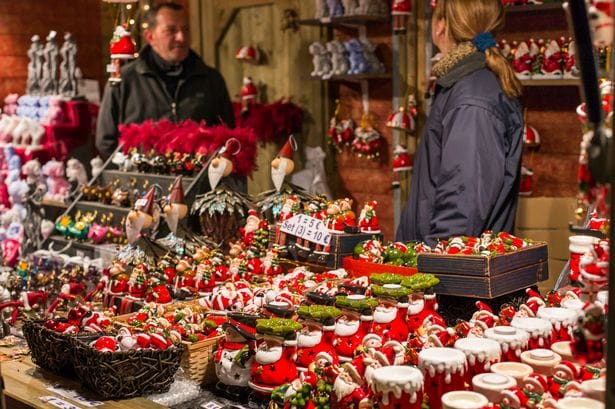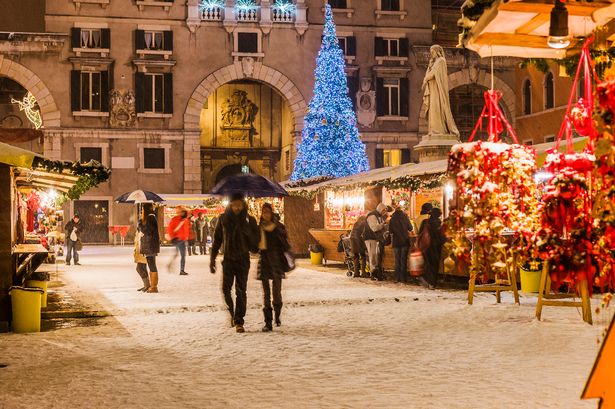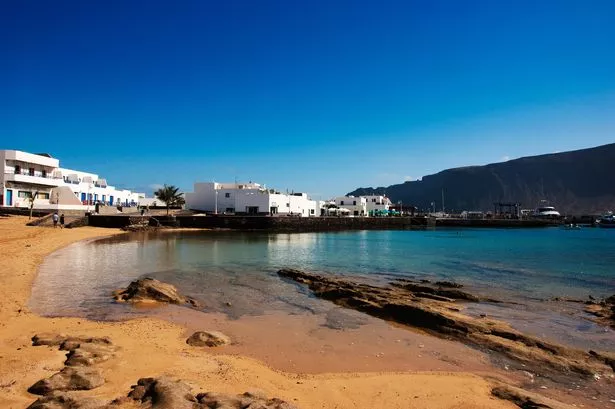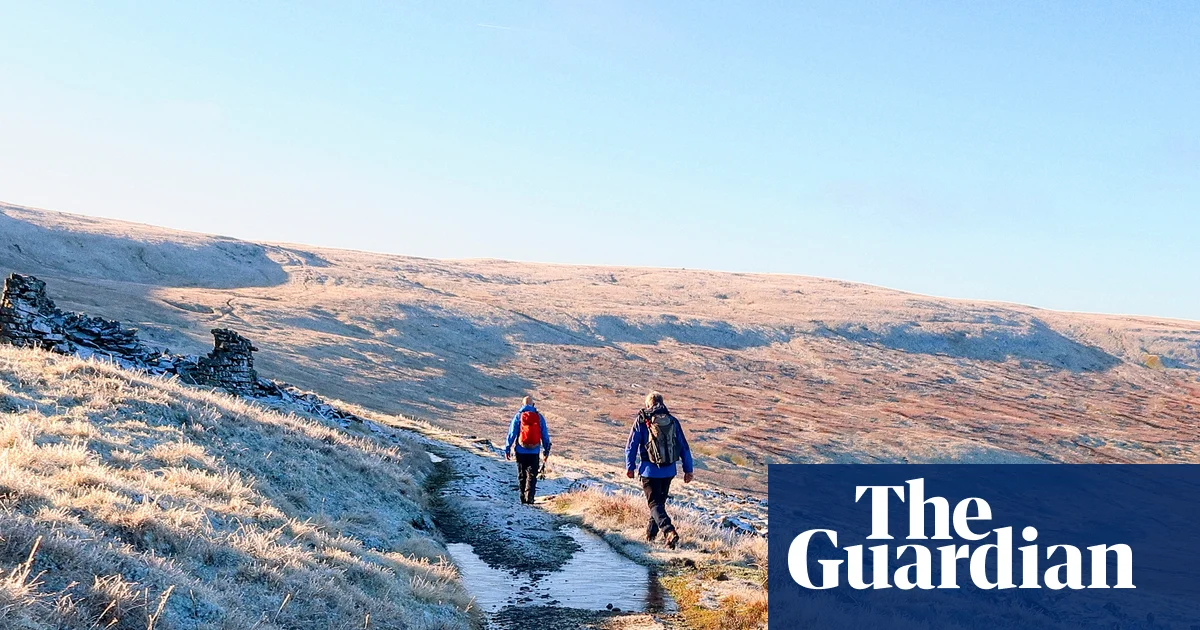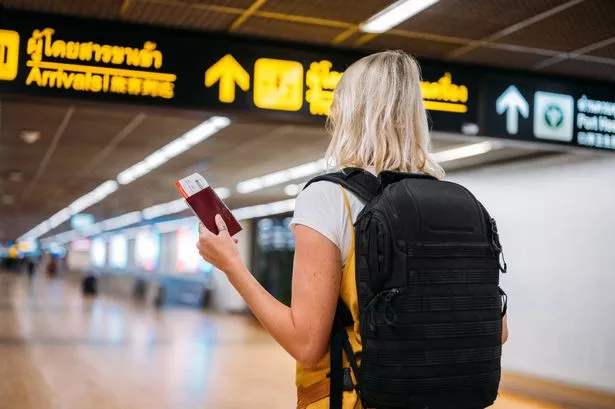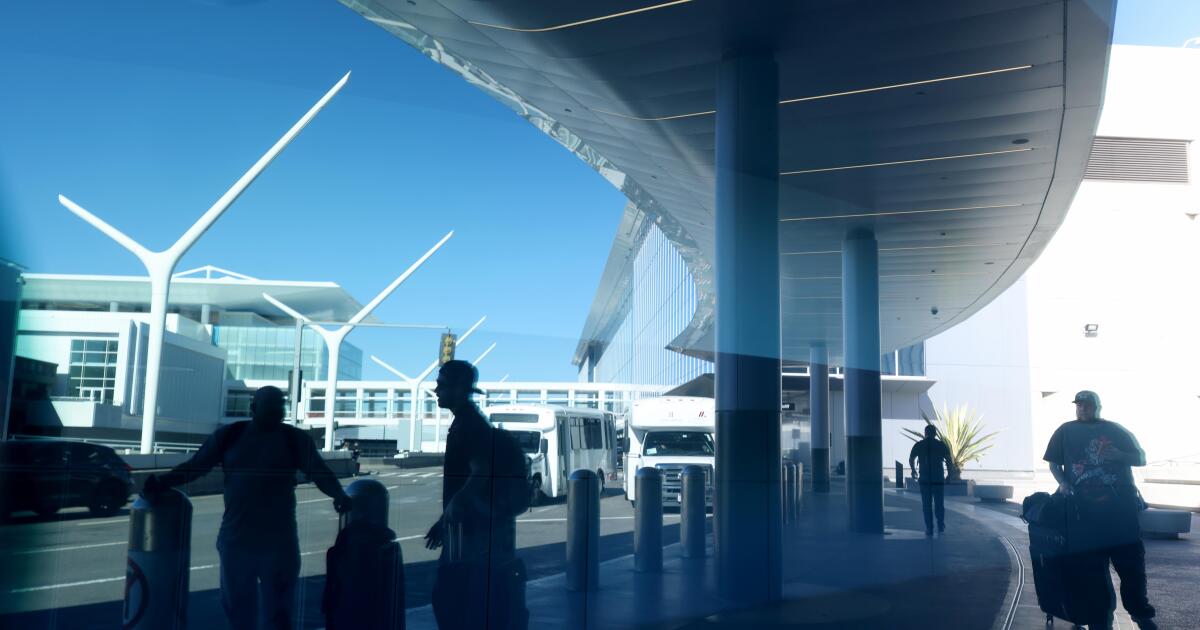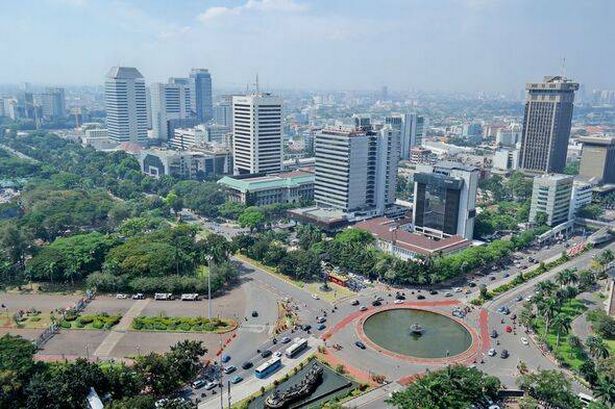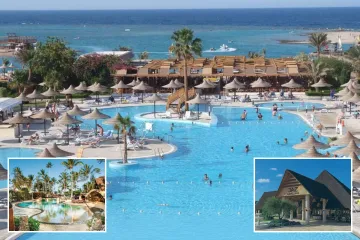The Canary Islands have been put on a ‘no go’ list for 2026, and even as a big fan of the beautiful archipelago, I can see why the surge in visitor numbers might be putting people off
It’s not often you see a warning against a holiday destination you’ve repeatedly visited, but this week, American travel guide producer Fodor released their annual ‘No List’, a guide to all the destinations they recommend against visiting in 2026.
Among the crowded cultural sites and areas of natural beauty being ruined by overtourism, there was a Spanish addition: the Canary Islands. Beloved by Brits thanks to a microclimate that has made them a major winter sun destination, with almost 18 million visitors last year, tourism is at the heart of the Canaries. This is one area that I never thought I’d see on a do-not-visit list.
Yes, the islands have had a fair share of problems and negative attention this year, from overtourism protests in the summer to reports of delays at airports due to new EU passport checks. But with warm weather, relatively inexpensive living costs, and natural beauty in abundance, will Brits really want to abandon the Canary Islands?
READ MORE: Warning to Brits as Canary Islands placed on ‘no travel’ listREAD MORE: I found a beautiful UK seaside town packed with independent shops — it’s perfect for winter
My most recent trip to the Canaries was in March of this year, when I visited Lanzarote. The weather in the UK was grim at the time, and Ryanair flights were cheap, so my travel companion and I decided it would be the perfect last-minute break to escape the gloom.
And it seems like many others had the same idea. Our flight was full, which surprised me at first, given that it was midweek in March. But of course, the Canaries are a year-round destination, so others were like us trying to escape the wintery weather. Arriving late in the evening, thankfully, the queues through the airport were quick.
My first indication that the island’s popularity had skyrocketed was the difficulty in booking a hotel and the corresponding rise in prices. Having visited at off-peak times in the past, there are usually plenty of hotels and apartments to choose from, even at the last minute. However, this time, most of the cheaper spots had booked up, leaving us with out-of-budget luxury accommodation or places with terrible reviews.
Luckily, we did get a good deal at a hotel called Caybeach Sun in Playa Blanca. It had mixed reviews, so I was nervous, but it actually turned out to be lovely. With a heated pool, decently sized apartments, and close proximity to the beach, it was a surprising hit at just over £60 a night.
The Canaries have recently seen a crackdown in holiday lettings, and while this was before I arrived, the changing regulations over the past year could have impacted the amount of choice on offer and the prices.
After dropping off our bags, we headed to Playa Blanca’s beachfront, which has lots of bars and restaurants. In the past, the number of places to eat meant that finding a table was easy, but even late at night, we found many restaurants full to capacity. The only places with seats were a couple of dodgy bars that had men outside practically trying to pull you in, which is never a good sign.
This was a common theme during our stay, whether we visited the town or the marina, everywhere seemed full. While it wasn’t quite the crowds you’d find in Venice or Santorini, it felt like the sort of crowds you’d usually only see in Spanish resorts in the summer. It was good to see people supporting the local restaurants and shops, but I could see how year-round crowds would be having an impact on islanders.
John Dale Beckley, founder of the sustainability platform CanaryGreen.org, told Fodors: “Residents have started protesting because they’re genuinely fed up. Traffic is one of the biggest issues. What used to be a 40-minute drive from the north can now take well over an hour each way. The government previously changed regulations that allowed residents to rent out their properties on Airbnb and Booking.com. This has driven up both rental prices and property values. Many young people now find it almost impossible to rent or buy a home.”
There have been reports of an increase in violent crime on the Canaries, and warnings that thefts get worse in the winter season, as organised gangs visit hotspots such as Tenerife, knowing it will be packed with visitors. The increases in rent caused by the tourist surge have also led to locals moving away from popular areas, reportedly leaving businesses struggling to recruit workers.
Of course, lots of people will point out that I’d chosen to go to a popular destination, so what could I expect? However, March is usually a quiet time on Lanzarote as the winter sun crowds are heavier in December and January, while the summer rush is still a long way off. If the island is this busy in March, I can imagine it becoming extremely crowded during the peak months.
READ MORE: Holiday chief slams huge ‘blow’ for Brits as UK tourism taxes set to be introducedREAD MORE: Flight attendant shares ‘genius’ method to sneak extra bag on board
So, should Brits avoid the Canaries? Personally, I’d think twice if you’re the sort of person who doesn’t like crowds and prefers a quieter break. There are many winter sun alternatives emerging as contenders to the Canaries, such as the Azores and Cape Verde. However, I did still have a great time in Lanzarote. I love its unique volcanic landscape, the beaches are wonderful, and I’ve never received a less than friendly welcome, so I’m very much in two minds about whether I’d go back in 2026.
Have a story you want to share? Email us at [email protected]


